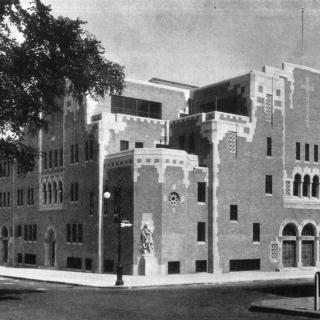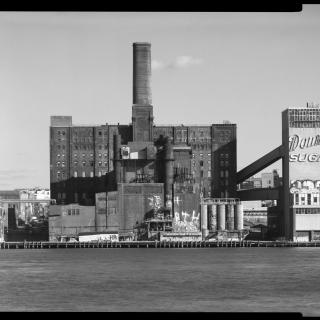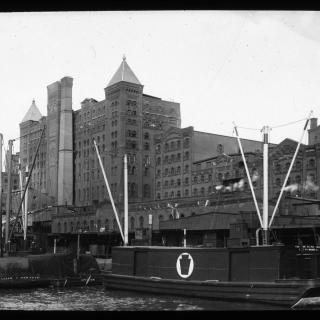Talbot Hamlin (1889-1956) was an architect and academic active in the design of ecclesiastical architecture. Hamlin graduated from Amherst College in 1910 and Columbia University's Architecture School in 1914. His early practice included a number of projects in China. Starting in 1920, he was affiliated with Henry McGill.
New Entries
"Mr. Frederick B. Smith, artist, author and actor, has disposed of a lot at the corner of Broadway and Eleventh [Hooper] street, to Mr. Thomas Bell, the grocer. He has engaged Messrs. Quinn & Reilly to to erect a four story store and dwelling, twenty-five by fifty feet.
[John Clyde] is engaged for the construction of eight three story Philadelphia front stores and dwellings on Grand street, near Leonard, for Mr. Douglas.
Theodore A. Havemeyer (May 17, 1839 – April 26, 1897) and his brother, Henry O. Havemeyer, transformed the family sugar refining operation into the Sugar Trust. The brothers were the sons of Frederick C. Havemeyer, Jr. and grandsons of Frederick C. Havemeyer, one of the founding partners of the Havemeyer sugar empire.
Constructed with 109 to 111 Franklin Street, this handsome pair of richly-decorated tenements is clad in red brick with sandstone trim, terrace cotta trim and iron cornices.
Constructed with 97 to 101 Franklin Street, this handsome pair of richly-decorated tenements is clad in red brick with sandstone trim, terrace cotta trim and iron cornices.
Pagination
- Previous page
- Page 16
- Next page




